An Energy Auditor’s Top 5 Busted Myths That Are Costing You Money
I’ve spent the better part of my career in thousands of homes, probably a lot like yours. As a home energy auditor, my job is to figure out where all that energy you pay for is actually going. I get to use some pretty cool tools, like blower doors that measure how leaky a house is and infrared cameras that let me literally see heat escaping through walls and ceilings.
In this article
- Myth 1: Closing Vents in Unused Rooms Saves Energy
- Myth 2: Hand-Washing Dishes Is Greener Than Using a Dishwasher
- Myth 3: Appliances Use Zero Power When They’re Off
- Myth 4: A Space Heater Is a Cheaper Way to Heat a Room
- Myth #5: It’s Better to Leave Lights On Than to Turn Them On and Off
- Your Quick Wins Checklist
After a while, you start to see the same things over and over. You hear the same well-meaning advice that, honestly, might have been true a long time ago but just doesn’t hold up with modern homes and appliances. My goal isn’t to call anyone out, but to share what I’ve learned from standing in dusty basements and chilly attics. Let’s clear the air on some of these myths so you can stop wasting money and start making your home more efficient and comfortable.

Oh, and by the way, people are always curious about the gear. My basic audit kit usually includes:
- A Blower Door: This is a powerful, calibrated fan we temporarily fit into an exterior doorway. By depressurizing the house, we can measure exactly how much air leaks in from the outside. It’s the definitive test for draftiness.
- An Infrared (IR) Camera: This tool shows temperature differences as a color map. It’s amazing for spotting missing insulation in walls or finding hidden air leaks around windows that you’d never see otherwise.
- A Manometer: This is a pressure-sensing tool that I use to test the pressure inside your HVAC ductwork. It’s crucial for diagnosing problems like the one we’re about to talk about.
Myth
1: Closing Vents in Unused Rooms Saves Energy
This is, without a doubt, the number one thing I hear from homeowners. The logic seems flawless, right? Why waste conditioned air on a room you’re not using? The problem is, your forced-air HVAC system isn’t designed to work that way. In fact, doing this usually wastes more energy and can seriously damage your expensive equipment.

Think of your HVAC system as having a set of lungs. It’s designed to inhale and exhale a specific, balanced amount of air. The fan is built to push a certain volume of air (measured in cubic feet per minute, or CFM) through the supply ducts while pulling a nearly equal amount back through the return vents. When you start closing off vents, you’re basically pinching the system’s nose shut. The pressure inside your ducts skyrockets.
I measure this with my manometer, and I’ve seen systems that should be running under 0.5 inches of water column (IWC) jump to 0.8 IWC or higher. This does two bad things. First, the blower motor has to fight against that pressure, which uses more electricity and can cause it to burn out years ahead of schedule. Second, that high pressure forces your expensive heated or cooled air out of every tiny crack and seam in your ductwork—which is often located in your unconditioned attic or crawlspace. So now you’re paying a premium to heat the spiders in your basement. Whoops.
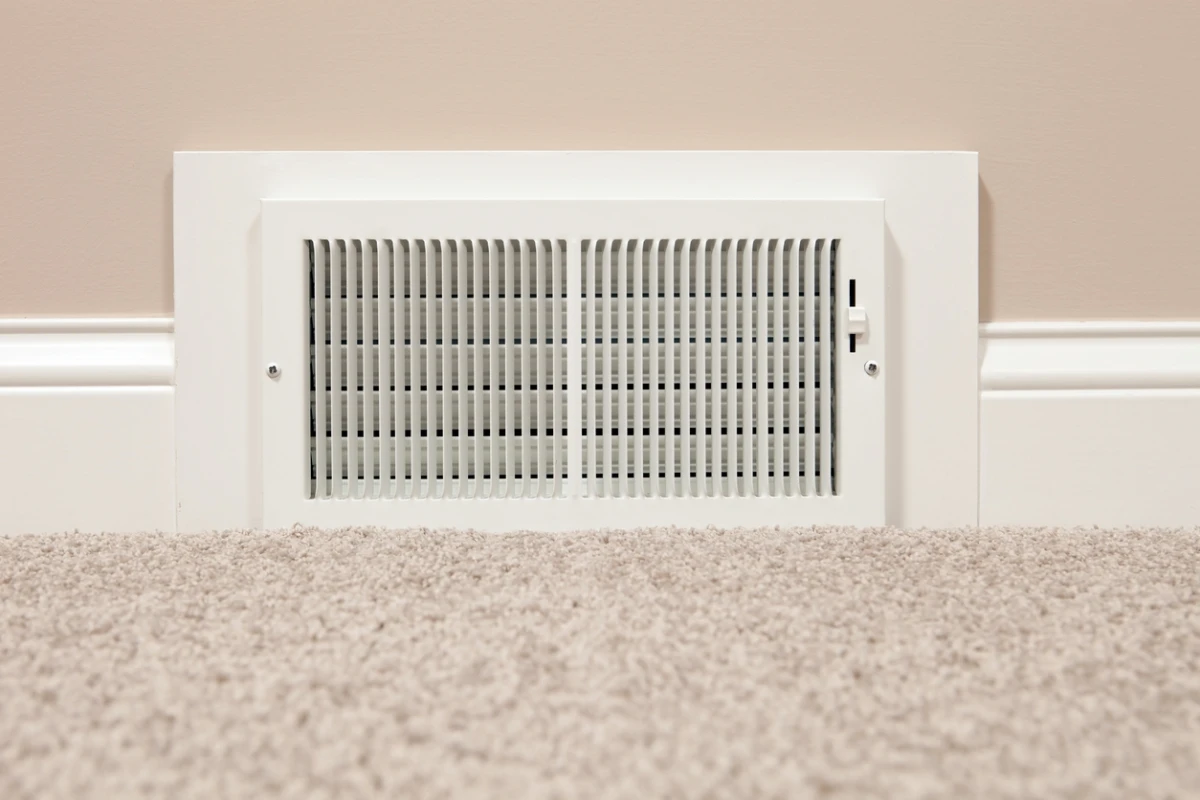
The right way to fix it: If a room is consistently too hot or cold, it’s not a vent problem; it’s an insulation or air leak problem. Focus on sealing drafts around the windows and making sure there’s adequate insulation in the attic above that room. For a pro-level fix, you could install a zoning system with multiple thermostats and automated dampers, but be prepared for the cost. A professional zoning system is a major upgrade, typically running between $2,500 and $7,000 depending on your home’s size.
Heads up! Beyond the waste, this can be a serious safety issue. On a gas furnace, the reduced airflow can cause the heat exchanger to overheat and crack. A cracked heat exchanger can leak deadly carbon monoxide into your home. It’s a real danger. Just leave the vents open.
Myth
2: Hand-Washing Dishes Is Greener Than Using a Dishwasher
This one feels true, especially if you grew up in a house where the old dishwasher sounded like a jet taking off. But appliance technology has come a long, long way. A modern dishwasher is an absolute champion of efficiency.
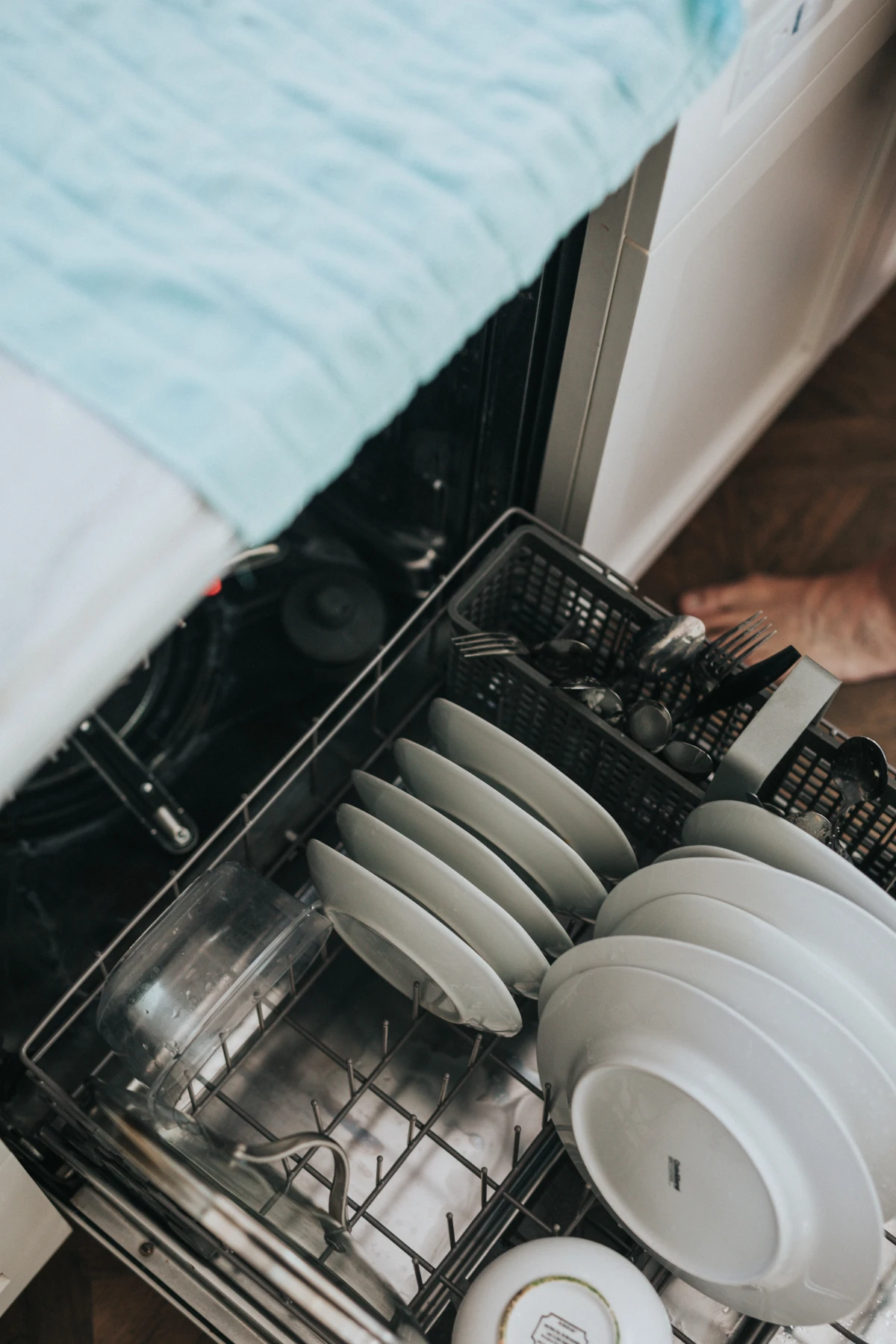
Let’s just look at the raw numbers. A new, certified energy-efficient dishwasher uses as little as 3 to 5 gallons of water for a full cycle. To wash the same number of dishes by hand, studies show the average person uses around 27 gallons. Even if you’re super careful and fill a sink basin, you’re likely still using more water and, crucially, more hot water.
Your water heater is a huge energy hog. A dishwasher sips a small amount of cold water and heats it up with its own super-efficient internal heater. It gets the water much hotter (around 140°F) than your tap for better sanitizing, all while using far less energy overall. Quick tip: Scrape the big stuff off your plates, but don’t pre-rinse. Modern detergents are designed to work with a little food soil, and you’re just wasting gallons of hot water by rinsing.
Myth
3: Appliances Use Zero Power When They’re Off
Ah, the myth of “vampire power,” or what we call phantom load. So many of our modern gadgets are never truly off; they’re in standby mode, just waiting for you to press a button on a remote. All those little clocks, glowing lights, and sensors add up. This phantom load can easily account for 5% to 10% of your total electricity bill. That’s like paying for a full month of electricity you never even used.
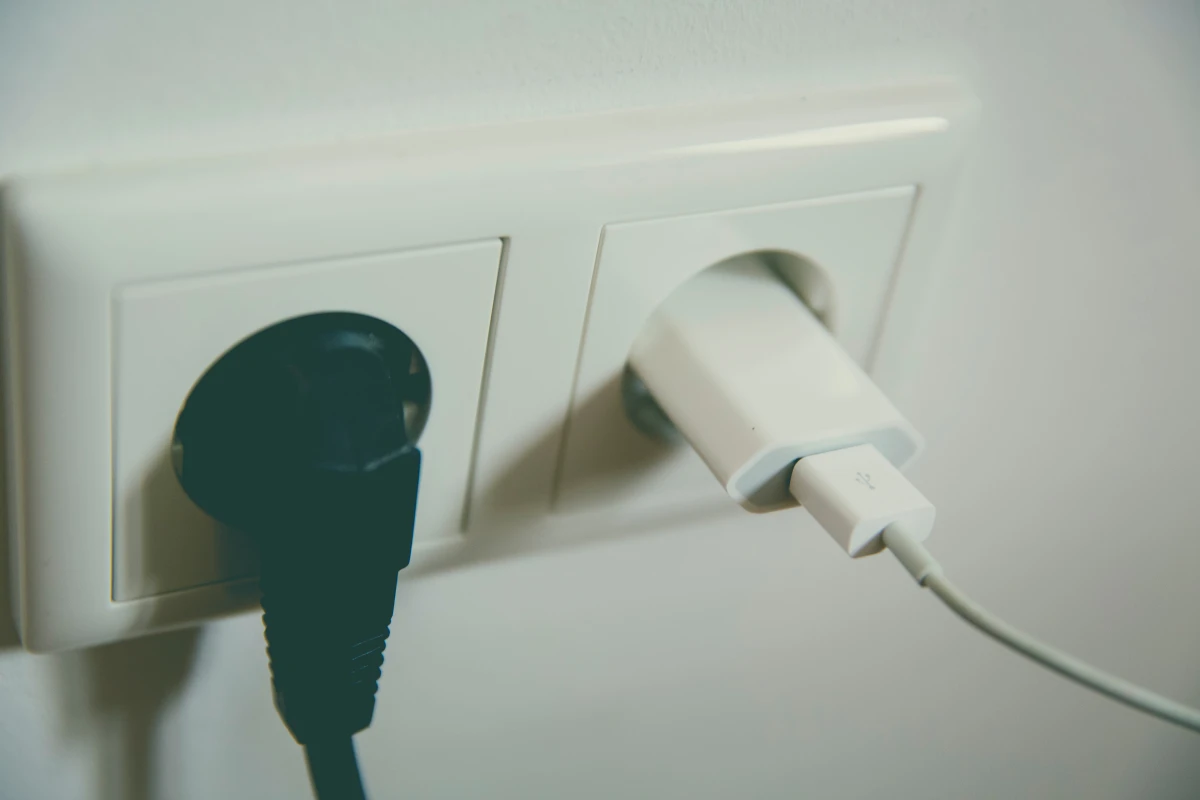
You can find these culprits yourself! Pick up a Kill A Watt meter (you can find them on Amazon or at a local hardware store for about $25) and plug it in between the wall and your devices. You’ll be shocked. The biggest offenders are usually:
- Cable Boxes & DVRs: These are almost always the worst, constantly drawing power to update guides and be ready to record.
- Game Consoles: Especially in “instant-on” mode, they can draw a surprising amount of power 24/7.
- Televisions: Modern smart TVs are always listening for a signal.
- Printers, stereos, and computer peripherals.
- Any device with a charger brick, even when nothing is connected.
The easiest fix is a smart power strip. You plug your main device (like the TV) into the “master” outlet, and all the accessories (soundbar, game console) into the “switched” outlets. When you turn the TV off, the strip automatically cuts power to everything else. It’s a great solution for your entertainment center or home office.
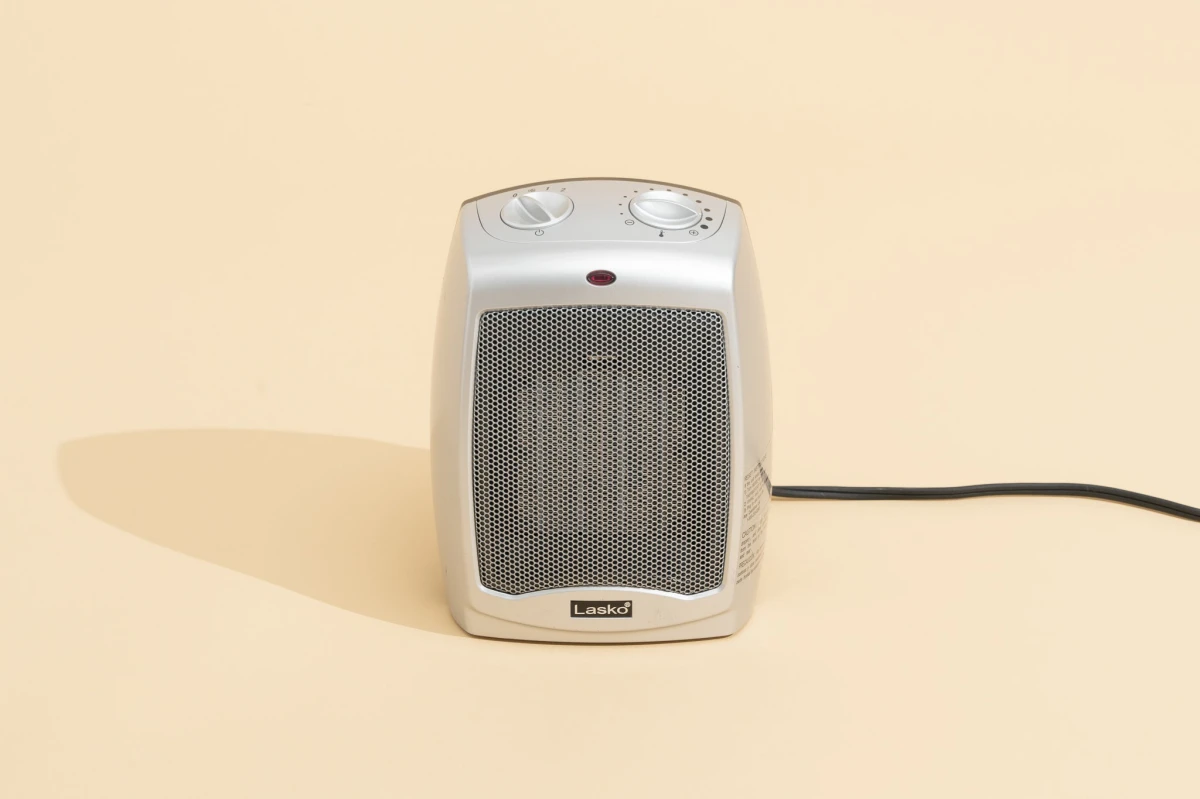
Myth
4: A Space Heater Is a Cheaper Way to Heat a Room
This is another one that seems logical but falls apart when you look at the math. The issue isn’t efficiency; it’s the cost of the fuel source. Electric resistance heat—what every common portable space heater uses—is incredibly expensive compared to natural gas.
Let’s break it down. Your typical 1,500-watt space heater costs about 22 cents per hour to run (assuming an electricity rate of $0.15/kWh) and produces about 5,100 BTUs of heat. Your natural gas furnace might cost, say, 75 cents an hour to run, but it’s producing 60,000+ BTUs of heat for the whole house. Per unit of heat, the gas furnace is VASTLY cheaper. Using a space heater often just drives up your electric bill while the rest of the house gets uncomfortably cold.
And honestly, this is where I get serious. Safety first. Fire safety experts consistently report that heating equipment is a leading cause of home fires, and portable space heaters are a huge part of that problem. Never, ever plug one into an extension cord or power strip—they can overheat the wiring and start a fire inside your walls. Always keep at least three feet of clear space around them. They make sense only for very brief, targeted heating, like warming a bathroom for 10 minutes before a shower, and only if you turn your main thermostat way down at the same time.
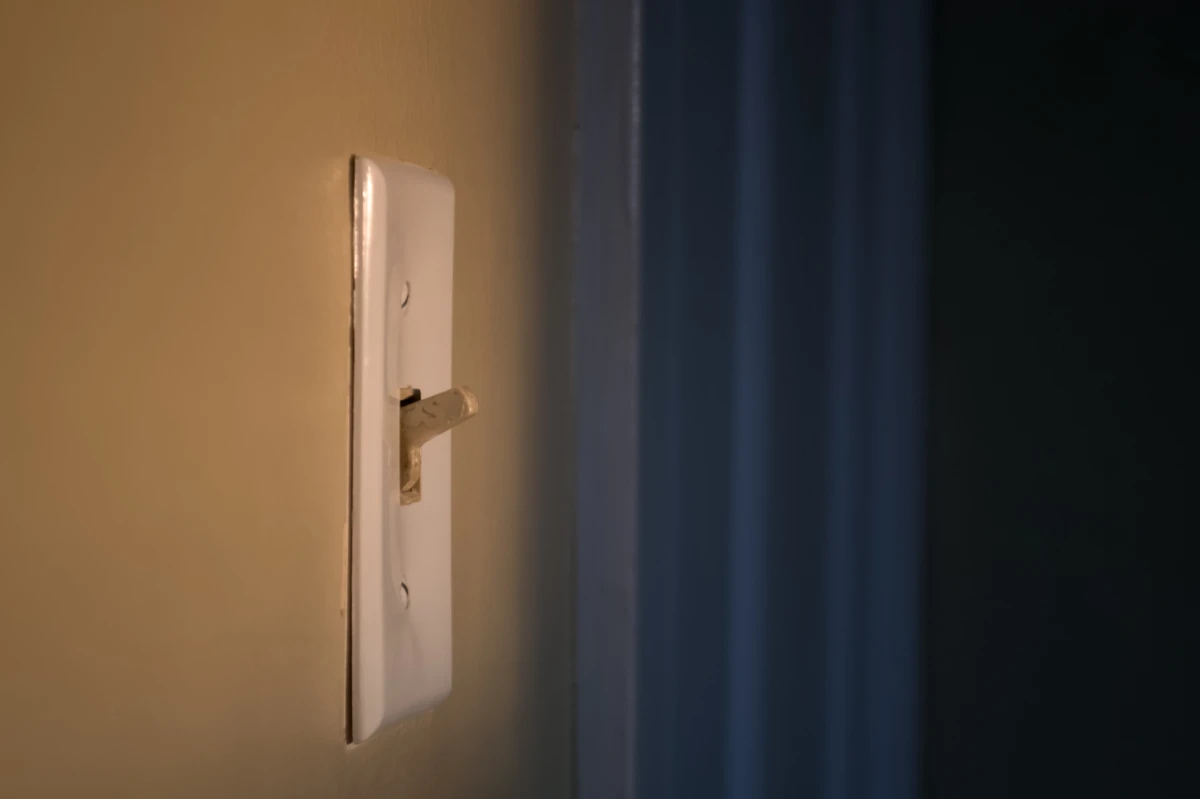
Myth #5: It’s Better to Leave Lights On Than to Turn Them On and Off
This myth has a tiny grain of truth from old-school technology, but it’s completely irrelevant today. The idea that the power surge to start a bulb wears it out or wastes energy is wildly overblown.
- For old Incandescent bulbs: The surge lasted a fraction of a second and used negligible energy. They are so inefficient (90% heat, 10% light) that you should always turn them off.
- For CFL (spiral) bulbs: This is where the myth got its legs. Frequent switching could slightly shorten their lifespan. But even then, the official advice was to turn them off if you’d be out of the room for more than 15 minutes because the energy savings still outweighed the cost of a slightly shorter bulb life.
- For modern LED bulbs: Game over. This myth is completely busted. LEDs are solid-state electronics. They are not affected by on-off cycling in any meaningful way. Their lifespan is massive, and the energy surge is nonexistent.
The rule for LEDs is simple and absolute: If you’re not using the light, turn it off. It always saves money.
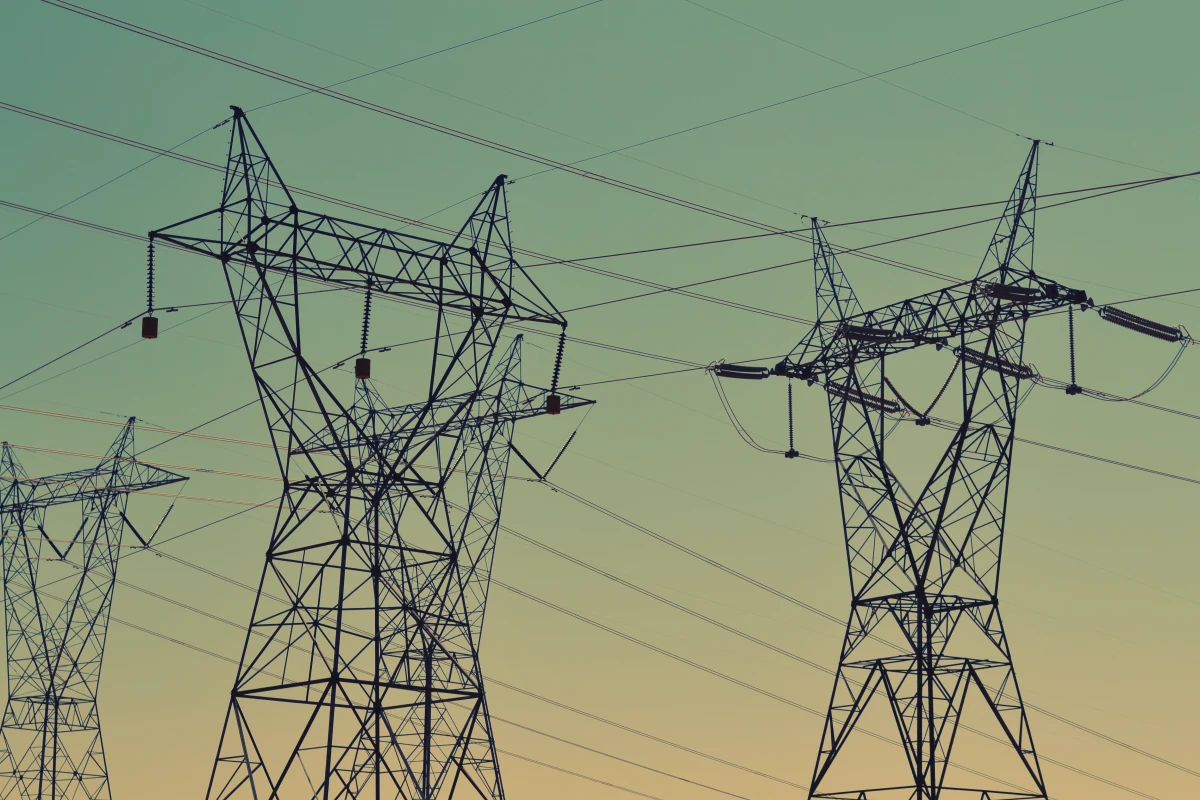
Your Quick Wins Checklist
Look, I get it. This is a lot of information. The most important thing to remember is that your home is a system—what you do in one spot affects another. But if you want to take action this weekend, here are a few simple things you can do that will actually make a difference:
- Go check your vents. Walk around and make sure they are all open and unblocked by furniture.
- Change your dishwashing habit. Scrape, don’t rinse. And always run a full load.
- Invest in one smart power strip. Put it on your entertainment center—it’ll pay for itself in a few months.
- Switch your game console out of “instant-on” mode and into its energy-saving setting.
- Turn off the lights. Every. Single. Time.
These small, science-backed habits are the foundation of real, long-term energy savings. They’re way more effective than any outdated myth.










